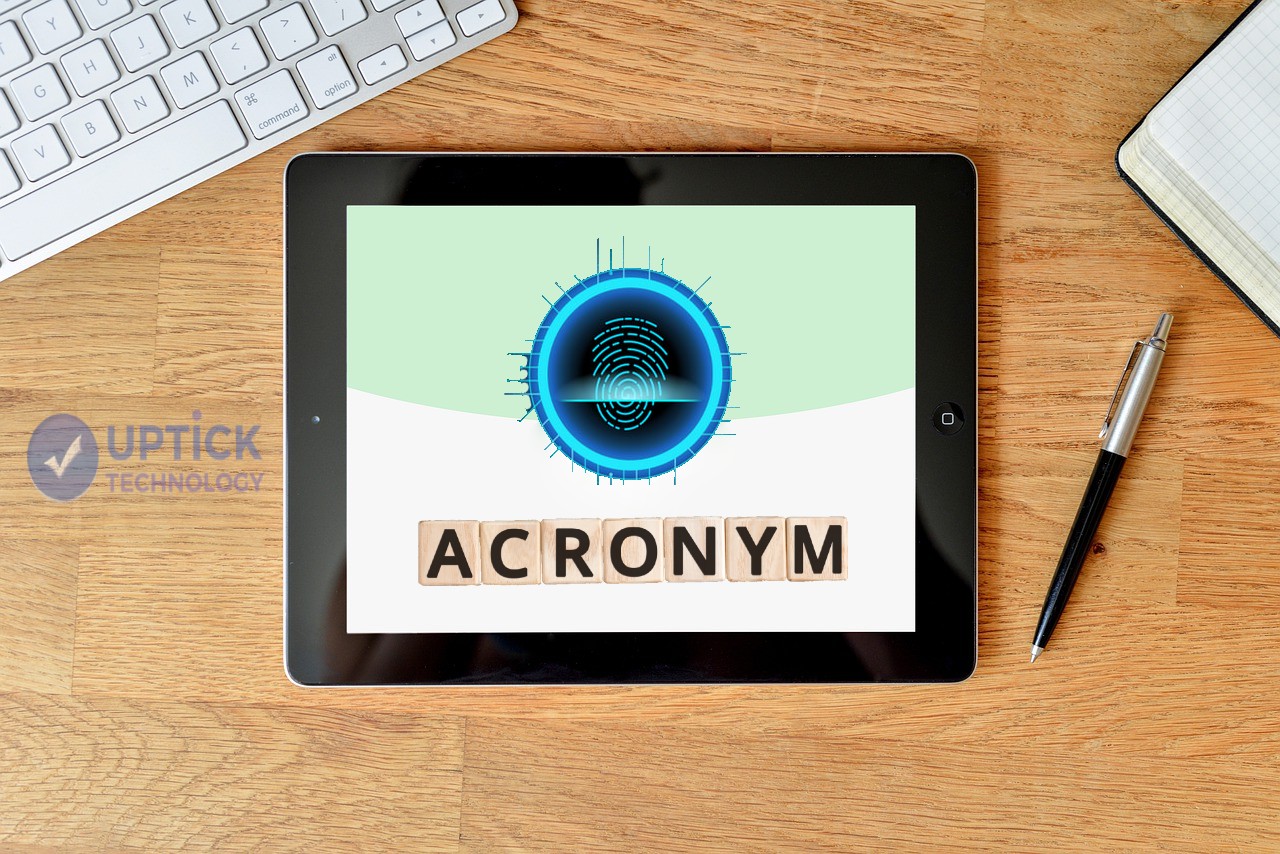Described by some as “the wonder material of the 21st century” and “one of the biggest scientific developments of recent decades,” Graphene was discovered in 2004 and is immensely strong, flexible, and conductive despite just being one atom thick.
The possibilities of this new wonder material seemed unlimited, and construction was one industry that was set to benefit from this amazing material. Fast forward twenty years later, however, this didn’t pan out. Well, that has now all changed as graphene has now entered construction in a spectacular way.
For thousands of years, new materials have transformed the ways we have built. Wood, stone, concrete, and steel have all made their contribution to humanity’s building processes, but no new material has transformed the construction process for a long time. Until now.
Table of Contents
What is Graphene?
Graphene is a material where carbon atoms are bonded together in a hexagonal lattice structure, and it is this structure that gives graphene its special properties. Well, what are these amazing properties then?
Graphene is 200 times stronger than steel by weight but lighter than paper. Even the non-engineer or material scientist in the room can see the potential uses for such amazing properties. But that’s not all. It is an extremely flexible material that is the most conductive material of both electricity and heat ever discovered by humans. The potential for this material is pretty much endless.
A big part of the problem of why the initial excitement dampened over the years was due to the manufacturing of graphene; they couldn’t work out how to manufacture it at scale. If graphene was to be useful, it would have to be able to be made in bulk.
But what about now? How is graphene now being applied in construction and what difference is it making?
What are the benefits to the construction industry?
It’s possible to increase the strength of materials like concrete in such a way that you can use less concrete. Given that the construction industry plays a major part in global C02 emissions largely due to the use of cement and concrete, being able to reduce the amount of concrete being used is quite significant.
Research conducted by the University of Manchester, England, they have found that adding graphene to concrete yields an enormous amount of “early strength” to the concrete, a very high tensile strength. They have also found from the research that you get less water ingress and less iron corrosive ingress into the concrete, displaying its amazing multifunctionality.
In May 2021, the world’s first graphene concrete slab was laid in a commercial setting with the construction of a gym near Stonehenge, in the South of England. This was achieved by adding small amounts of graphene into standard concrete, increasing its strength by 30% and without needing any special equipment or extra training in preparing the concrete mix.
The graphene concrete mix also has anti-cracking properties, too, something that would be useful for a gym where heavyweights are constantly thrown around and dropped onto the floor.
3-D printed, graphene-enhanced concrete is now being readied to be deployed into one of the world’s largest infrastructure projects called HS2, the UK’s high-speed rail project. Some of the retaining walls in the London Euston station will be built using 3-D printed graphene-enhanced concrete. Significantly, the concert is expected to be strong enough without having to use any steel reinforcements, as would traditionally have been required. Without the need for rebar, this concrete mix will use less material, contribute to a safer work environment with having this material lying around on-site, and it will save time and cost.
Transport
Graphene has already demonstrated its usefulness in the transport sector by constituting an effective additive to various services like roads and airport runways. For example, a graphene-enhanced runway is being tested out at Rome’s Fiumicino airport. The hope is that this new tarmac will endure the elements and plane traffic for twice as long as traditional asphalt would.
The material being used on this runway is derived from adding graphene and a special kind of plastic that would not normally be recycled. In terms of the environment, this is an additional benefit since plastic waste and recycling has become an international problem of concern that is high on the radar of many governments and environmental groups.
In addition to this new runway, other projects being trialled include a 750 metre stretch of road in Oxfordshire. This new surface is expected to show fewer cracks in adverse weather conditions like cold and rain. The concrete should also lead to fewer potholes, something that is the bane of many British motorists.
Other Uses
Increasing the strength is not the only advantage graphene affords to materials, it can also be added to liquid coatings, for example, and then applied to structures for things like preventing corrosion. One construction company has already found that adding just 1% of graphene to a coating enabled it to reduce the zinc context by as much as 65%, a material that is harmful to the environment.
Furthermore, it has also been found that by applying this coating to steel bridges, or wind turbines that are constructed around seawater, this coating could last twice as long as regular formulas.
This new explosion in using graphene in construction is being made possible due to progress in the manufacturing of graphene. This rapid progress includes methods that make it possible to manufacture graphene at scale and is proving more cost-effective. So, it looks like graphene has finally started to make its presence felt in the construction industry and this is only set to increase as more manufacturers of graphene enter the market and increase the supply chain.









